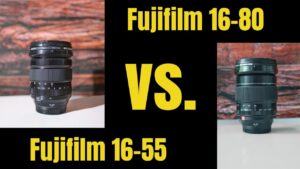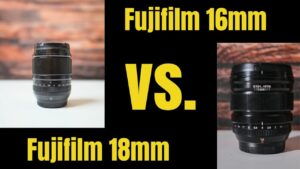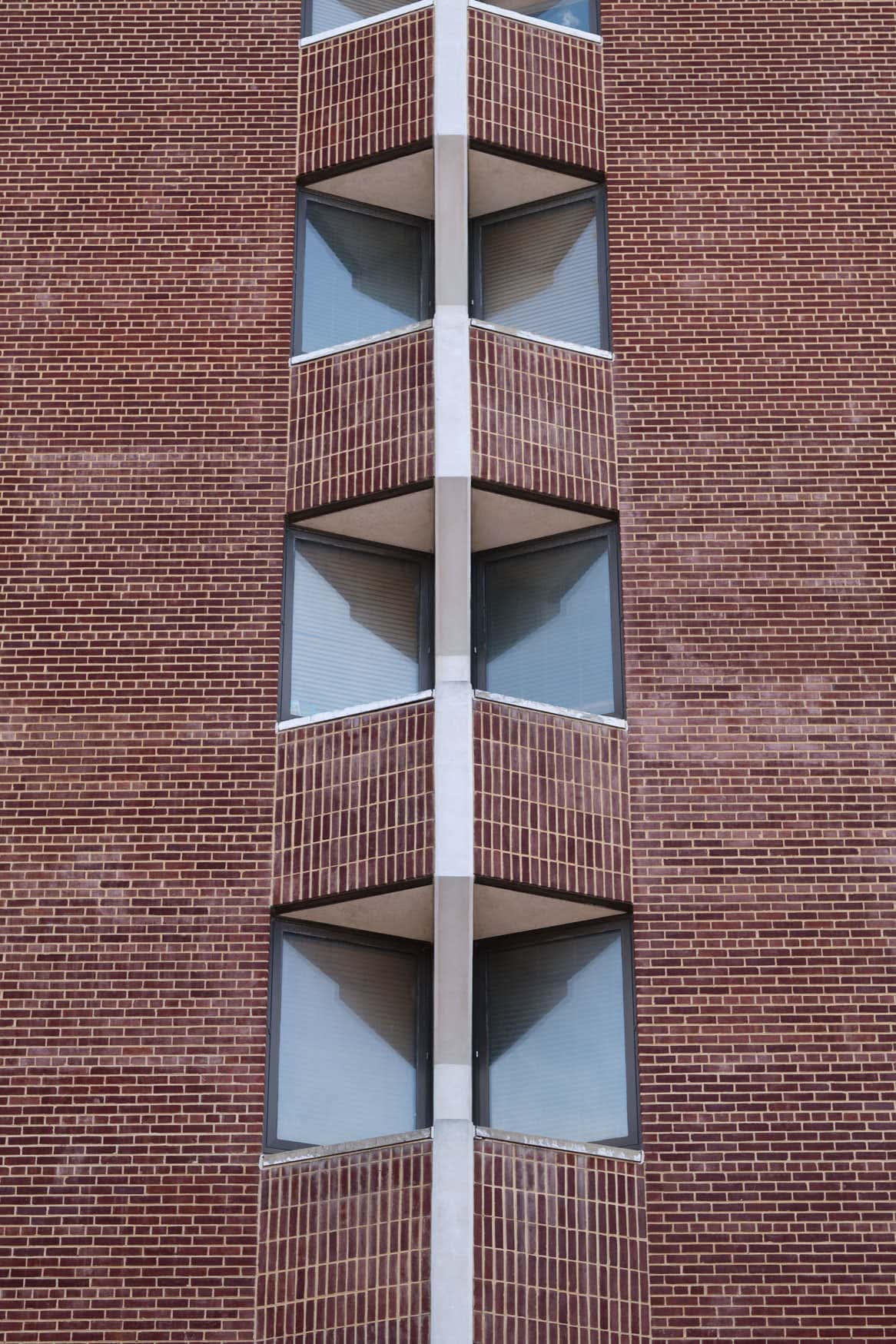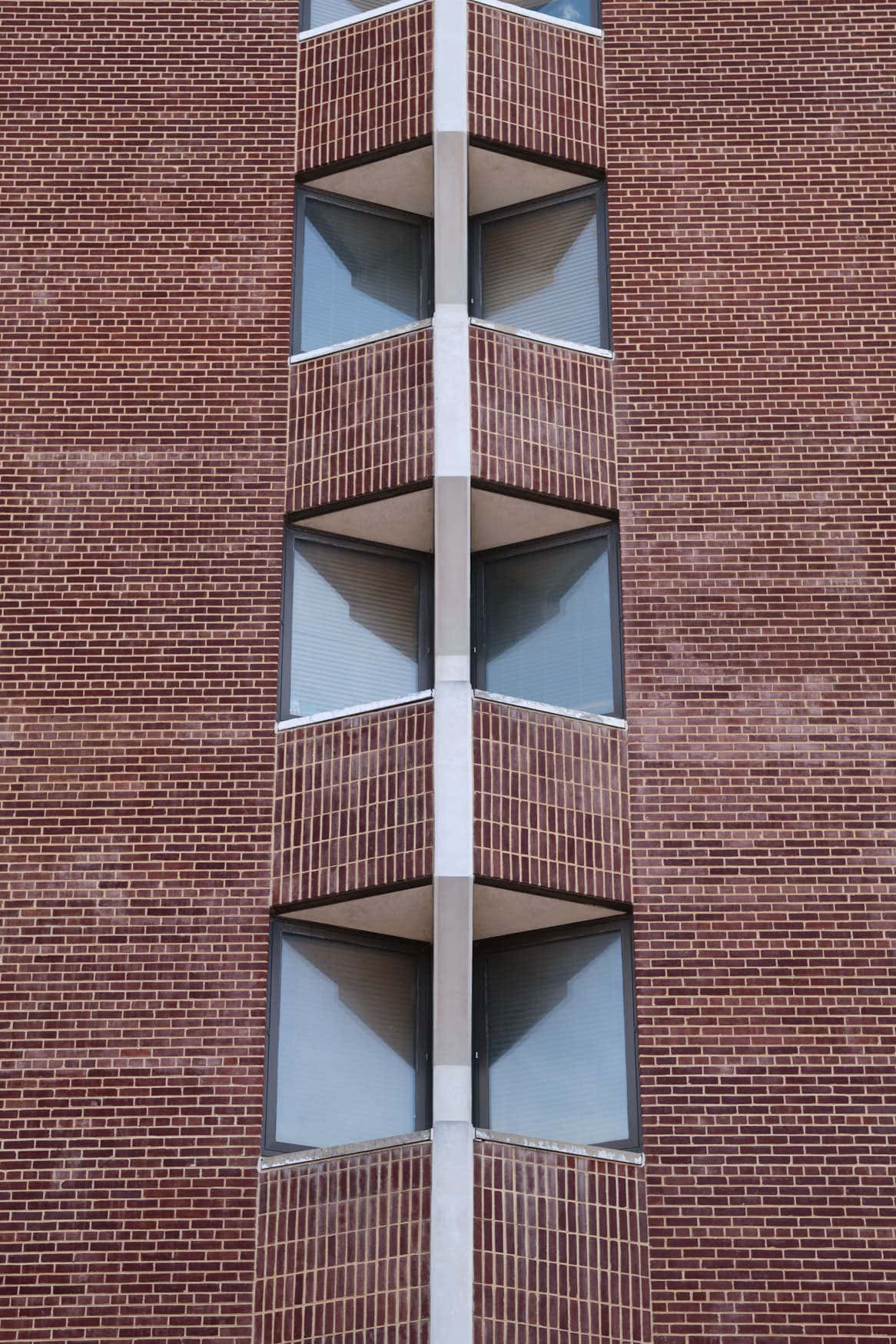Quick Facts about the Fujifilm 50mm F1 WR
- Weight: 1.86 lbs/845 Grams
- Weather Sealed: Yes
- Filter Size: 77mm
- Angle of View: 31.7 Degrees
- Focusing Distance: 2.3 feet/70cm
- Max Aperture: F1
- Minimum Aperture: F16
- Image Stabilization: No
- Mount System: Fuji X
- Price: $1,499
- Maximum Magnification: .08x
Table of Contents
What other XF Portrait Lenses Exist?
Every single budget is covered by the XF ecosystem, but only in regards to portrait lenses. Sure, anything from a 16mm to a 200mm could act as a portrait lens in a pinch, but we should probably only compare the 50mm F1 WR to other “specifically designed” options.
- Fujifilm XF 50mm F2
The budget “Fuji-cron” version of the portrait lens, the 50mm F2 has fast autofocusing speeds and it is weather resistant.
The 50mm F2 and the 23mm F2 make a formidable street lens combination.
- Fujifilm 56mm F1.2 (non-WR)
The first version of this lens is slow, but it can be found for less than $500 in a used state.
- Fujifilm 56mm F1.2 ADP
Something to do with smoother bokeh…
Noisy motors and slow autofocus detract from an almost perfect lens.
- Fujifilm 90mm F2
This is the other popular prime telephoto within the Fuji XF mount, and it is probably the 56mm F1.2 WR’s direct competitor.
The 135mm equivalent lens us faster to focus as it contains linear motors, and it’s a popular focal length. BUT it’s only F2.
The jack of all trades for the telephoto zoom options, the Fujifilm 50-140 is the best-performing lens in regards to sharpness for a zoom.
Dials, Switches, Buttons, and More
There are no major dials, switches, or buttons on this lens. The only thing that is worth mentioning is the aperture-lock.

Set-Up Suggestion
I seldom offer these suggestions, but I found myself often frustrated with the amount of time it took to find the perfect exposure with this lens. After all, it is an F1-F16, so you have quite the aperture range to photograph with.
As I spent more and more time with this lens, I often found myself rotating from full-manual settings to Aperture Priority. To do this, move the shutter-speed dial to “A.”
Build Quality
When holding the 50mm F1 by itself, it took up my entire hand. Sure, it wasn’t as big as the 8-16mm F2.8, but it was chunky.
This all being said, size does not always lead to exceptional build quality.
From handling this lens, I did find that the focus ring was a bit loose, which meant I often would accidentally bump the focus point too far while in manual focus.
Additionally, it is a weather-sealed lens, but it did not feel as solid as Fujifilm’s more recent primes. (The 56mm F1.2 WR, for example.)
I absolutely expect this lens to pass through any rain storm without damages to any of the internal lens elements, and to most, they would gauge that the build quality is superb. I think I prefer to use the words “solid but no major flaws.”
Macro Performance and Reproduction Ratio
Unfortunately, despite this lens’s awesome aperture of F1, it does not lend itself useful to macro-esque styles of photography. (Nor does it lend itself useful to food photography).
The 50mm (75/76mm Full-Frame) equivalent with a focusing distance of about 2.3 feet/70 centimeters results in a maximum magnification of .08x.
Set-Up Suggestion #2
Another suggestion I have with this lens (Sorry, you are getting two!) is double-check your back-button program!
I have mine set-up to focus-peeking, and I recommend you do the same. I found myself gravitating towards manual focus with this lens. (Very odd)
50mm F1 WR Color Fringing
There is some slight green and purple color fringing with the 50mm F1. Perhaps it is due to the insane optical design, which includes twelve elements in five groups.
But the two extra-low dispersion elements don’t clear everything up at F1.
In my tests, I found that it took about two stops from the minimum aperture, so around F2 for the color fringing to completely disappear. But it was around F2.8 that I felt safe.
Bokeh Review
What do you imagine when you think of an F1 lens?
Depth of Field, Bokeh, Bokeh balls. These are the things I think of.
And with the 75mm F1.4-F1.8 ish (I fail at understanding sensor size math), we certainly have a competitor for larger full-frame bokeh.
However, throughout my tests, I have found that bokeh doesn’t just vary by aperture but also by lens.
There are swirly bokeh photos (I notice these in manual focus lenses, onion ring bokeh gave things a rounded edge (I noticed onion ring bokeh may have been the key-defining factor of lenses that have character), and smoother-based bokeh.
This lens falls under the smoother-based bokeh. The transitions are great, and the subject will easily isolate itself from the background. The bokeh is excellent.
Bokeh Balls Review
However, the bokeh balls just left a lot to be desired. (Sorry, Fujifilm)
Of course, there is the typical cat’s eye characteristic in the corners. And stopping down did fix that….. BUT as you stopped down, you will notice that the bokeh balls started to take a weird, nonagonal shape. This is probably due to the nine-bladed diaphragm blades.
It’s just frustrating. That’s all.
Lesson learned.
The Fujifilm 50mm F1 is excellent for day, portrait photography, but it struggles a bit for night-time stuff.
Brick Wall Sharpness Test
* For the brick-wall test viewing results, please click the link to the YouTube page, then press the gear at the bottom right, and press 4k.
Unfortunately, the sizable YouTube compression rate degrades the quality of the image. Also, this platform limits the view quality to 1080p.
I have never been completely disappointed in a prime lens’s image quality.
However, for a price of $1,500, I certainly did not receive the results I was hoping for.
Center
- At F1, we are suffering a little bit in the center of the frame.
- We start to see a marginal improvement at F1.4 (not earlier).
- And finally around F2 the image is finally decent.
- Really the image degradation starts at F5.6, but I only expect people to notice that it will start suffering around F8.
- It gets worse at F11, and is really, really bad at F16.
Corner
- The 50mm F1 suffers in the corners, and the corners do not improve until F2. (Sorry, they don’t)
- And from F2-F5.6, it is peak sharpness around F4.
- I saw a drop in image quality around F7.1-F8, and it was horrific by F11.
- F16 is not usable.
Autofocus Tests
Everything is relative for this lens, as the massive amount of glass within the 50mm F1 means you will feel the lenses moving as the focus point changes. Additionally, with the large amount of glass, it’s actually going to be a bit slower than normal lenses
Photo Autofocus
All things considered, I felt like it was performing well in photo-only. I used single-point, zone-focused, and wide-views.
The lens performed like a Fujifilm lens from the late 2000’s.
AF-C
However, if you are wondering about the continuous autofocus tracking for the 50mm F1, I would advise to avoid.
Video Autofocus (Face, Any Eye)
Tracking Sensitivity +2; AF Speed +3.
50mm F1 tested @ F1
In all of the video autofocus tests, you will notice that the autofocus fails in regards to tracking.
Due to the amount of glass that it takes, it also will transition in about three different stages before it truly locks on. (From near to far..)
For this lens, I found the average response time to be about one second before it noticed me bumping back into the frame.
Finally, the 50mm F1 has audible linear motors. To some, this is not a big deal. However, for video users this might be problematic.
Distortion Test
By looking at the brick on the right (next to the windows), and comparing it to the image on the left which is corrected, I did feel like there was a bit of distortion within this image.
The pincushion distortion is probably negligible, as the out-of-camera JPEGs automatically corrected for this. Additionally, there is post-production lens profiles for almost every Fujifilm lens by this point.
Vignetting
For the vignetting test, there is some heavy vignetting in the corners.
Here’s an image at F1, and it’s about 1 stop of vignette from the eye test.
Sunstars, Ghosting, and Flaring
The lens actually held up in regards to lens flare and ghosting despite the large front element. (77mm, which is big for an APS-C lens).
I didn’t find the sunstars to be too impressive at F16, so you will just have to take that into consideration with this lens.
Sample Images
Pros
- Good Bokeh
Besides the 56mm F1.2, there is not another Fujifilm lens that offers the same bokeh experience as the 50mm F1.
Cons
- Color Fringing
You might not notice if you don’t photograph high-contrast situations, but it is there.
- Alternative Options
I feel like there are other high quality Fujifilm options that render this lens dead on arrival.
My Rating
Price: 3.5/5
Reliability: 4/5
This lens loses an entire point in the reliability portion.
-.5 is for the autofocus
-.5 is for the image sharpness
Functionality: 4/5
We lose -0.5 for the bokeh balls. Also, we lose -0.5 for the manual focusing experience.
Style: 5/5
Total: 16.5/20 or about 82.5%
Am I thankful that I had the opportunity to try this lens out? Yes, absolutely.
Would I purchase this lens? No, I would not.

Fujifilm 16-55 vs 16-80mm F4
The Fujifilm 16-80mm F4 and 16-55mm F2.8 are some of the most expensive “normal” zoom lenses that Fuji makes. Is the 16-80 so bad? And is the 16-55 better?

Fujifilm 18mm vs 16mm F1.4
Two of the best performing wide-angle, XF lenses made by Fujifilm, the 18mm and 16mm should be a comparison that most people think about. But why don’t they?

Fujifilm 18mm F1.4 Review
If you have ever wanted to test the new, Fujifilm 18mm F1.4, but you haven’t had the money.. And how does the 18mm F1.4 vs 16mm F1.4 compare?

Fujifilm 8mm F3.5 Review
The newest, wide-angle lens for Fujifilm, it retails for $799. But is the Fujifilm 8mm F3.5 worth the cost? And how does it compare against the 8-16mm F2.8?

Fujifilm 16-55mm F2.8 Review
The 16-55mm will soon be 10(!) years old. Maybe that’s the reason it’s better to purchase lenses rather than bodies

Fujifilm 50mm F2 Review
Quick Facts about the Fujifilm 50mm F2 Weight: 7.05oz/200 Grams Weather Sealed: Yes Filter Size: 46mm Angle of View: 31.7 Degrees Focusing Distance: 1.28 feet/39













































